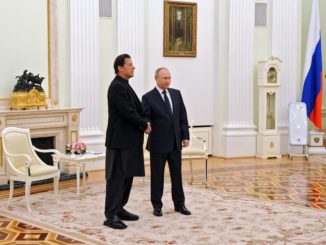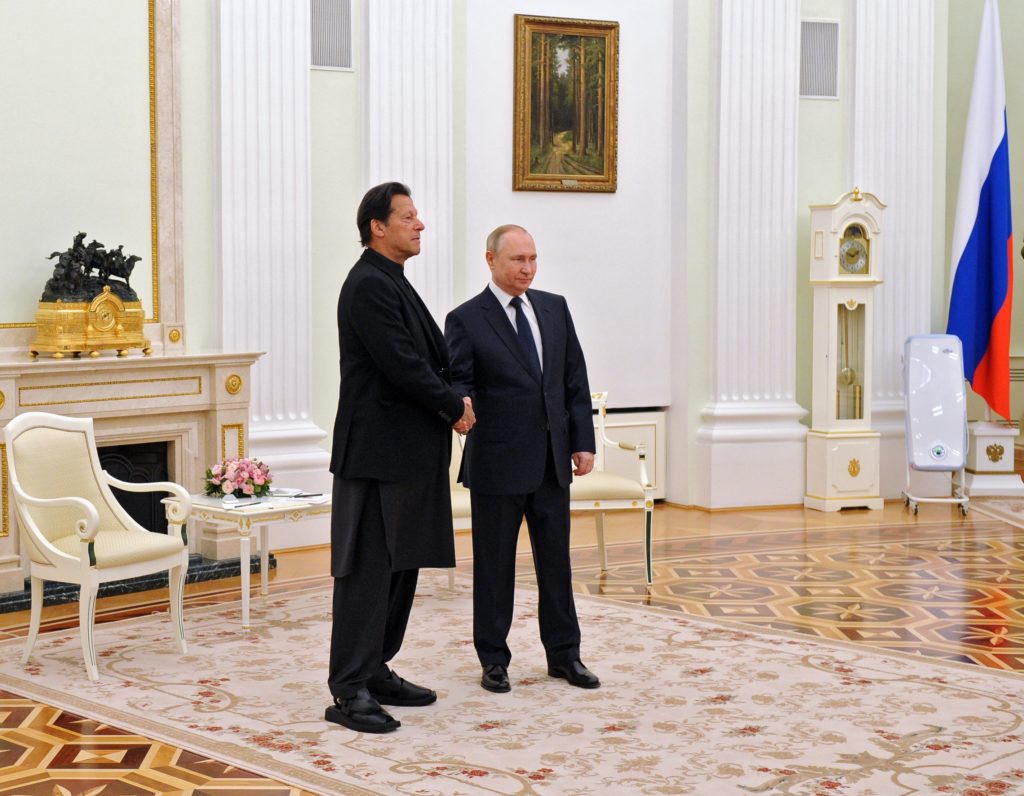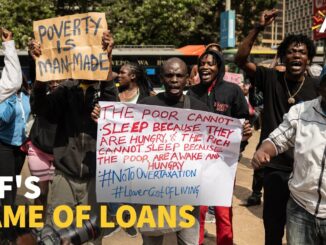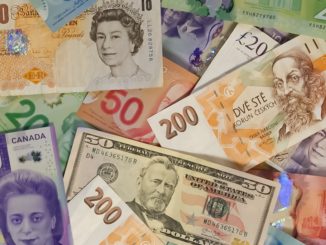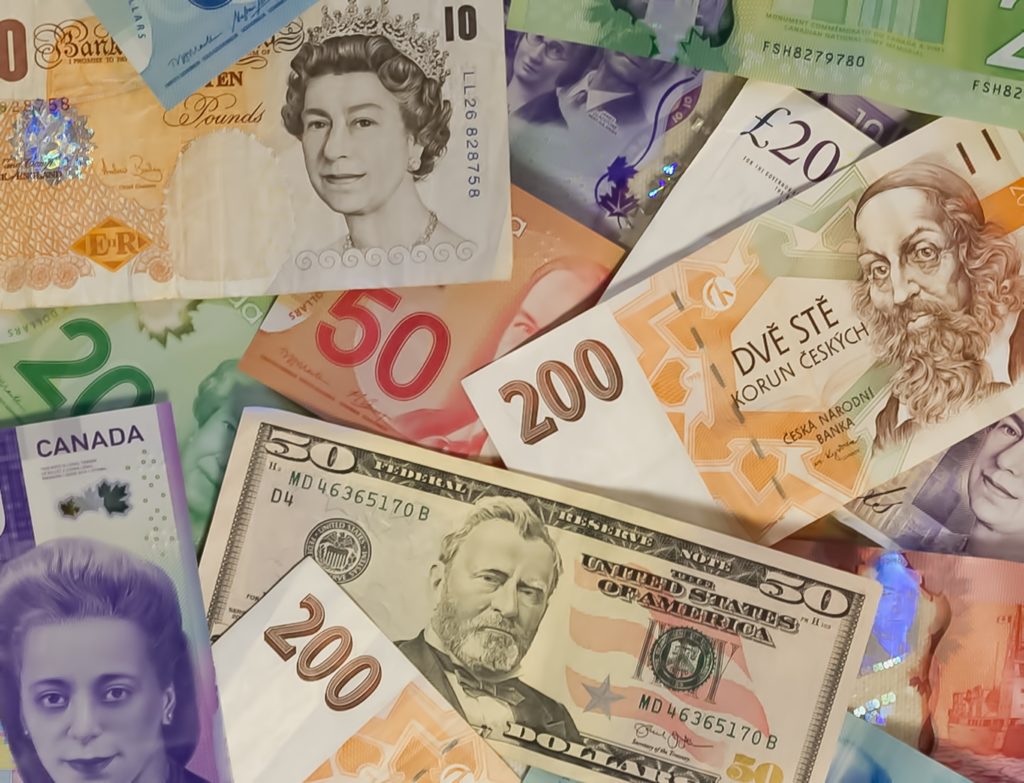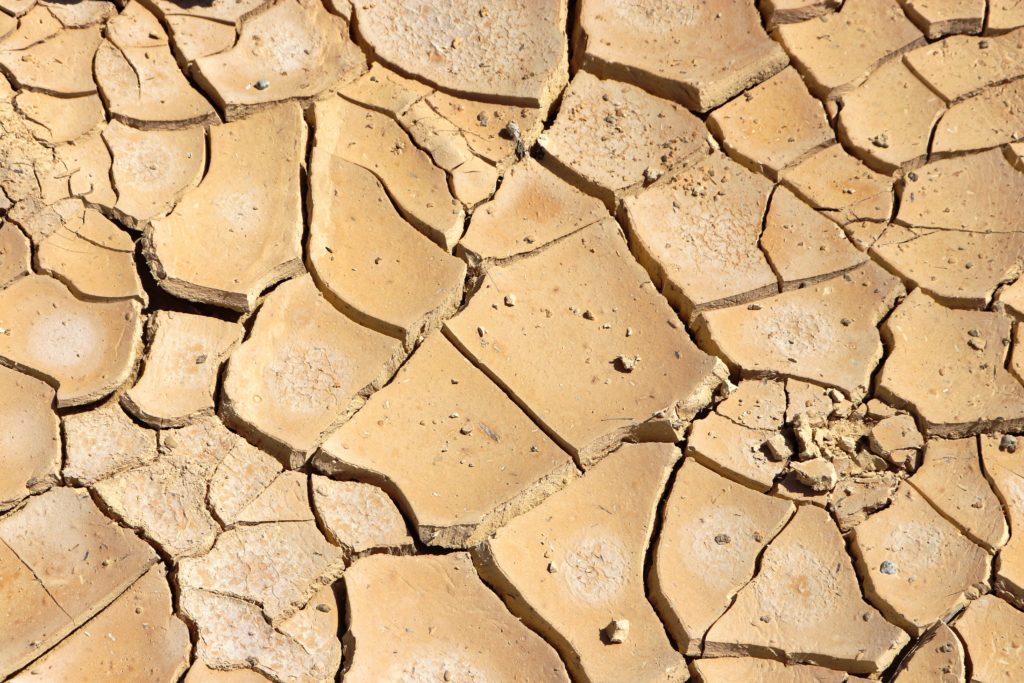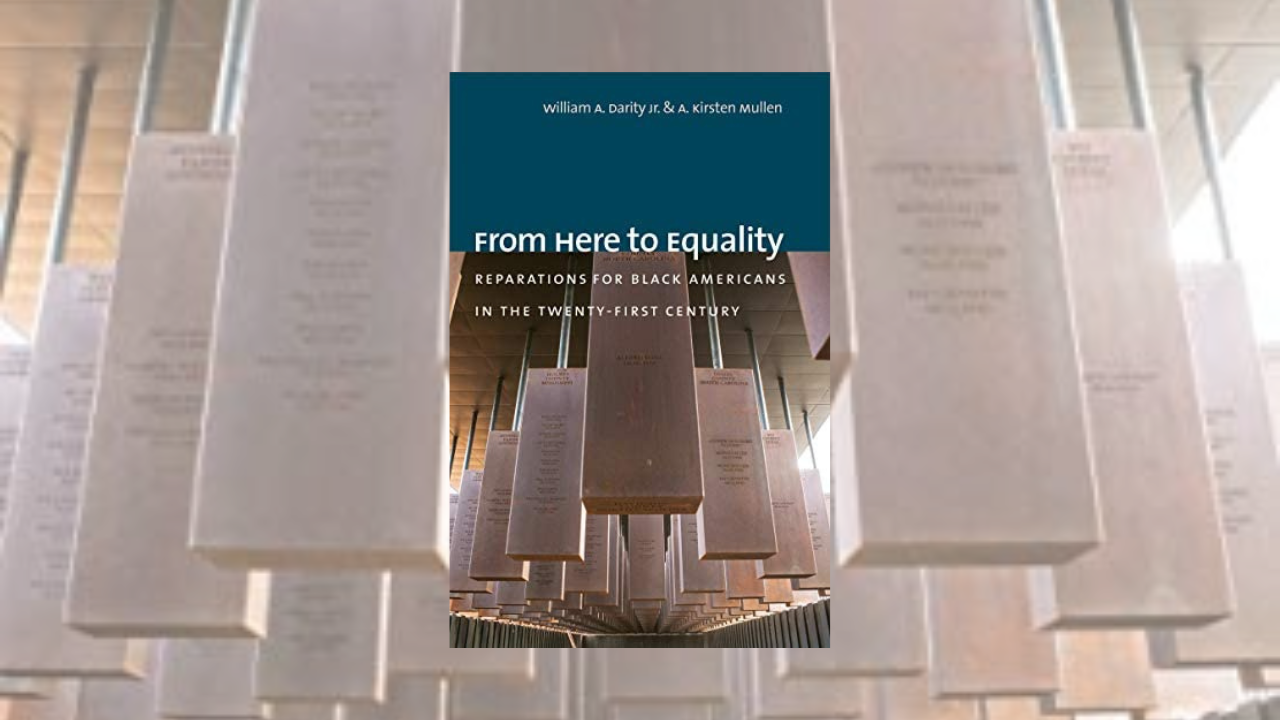
From Here to Equality by William A. Darity, Jr., and A. Kristen Mullen (University of North Carolina Press, 2020)
This year represents a pivotal moment in U.S. history and presents a unique opportunity to explore the primary cause behind its great wealth. In August 1619, about 20 enslaved Africans aboard an English ship called “White Lion” arrived from present-day Angola on the shores of what is now Hampton, Virginia. Over the next three centuries, multitudes of enslaved Africans would go on to endure some of the most oppressive, degrading and inhumane treatment in world history under the rule of U.S. law, while helping build the economic foundation that would allow the United States to become one of the wealthiest countries.
On July 4, 1776, the U.S. Declaration of Independence was signed into law, thus declaring the original 13 colonies free from British rule and paving the way for the formation of the United States of America. July 4, 2022, marked the 246th anniversary of this document. What cannot be overlooked is the amount of time that has passed between July 1776 and now: 246 years and three months. In the meantime, slavery in United States officially began in August 1619 and was legally abolished on December 18, 1865, due to the 13th Amendment. From August 1619 to December 18, 1865, is a timespan of 246 years and four months. That means that the institution of slavery in the United States is one month older than the country’s history as a state free from British rule.
The nearly equidistant relationship between the duration of slavery and the history of the United States as a “free nation” is relevant for several reasons. History is essentially the study of events that have taken place over a given time-period. Some people seek to minimize U.S. slavery’s economic and social impact by pushing it into the distant past. When Joe Biden was running for the U.S. presidency in 2020, his remarks from the 1970s about reparations resurfaced: “I’ll be damned if I feel responsible to pay for what happened 300 years ago.” At the time, the United States was barely 100 years removed from slavery. The issue with his declaration is it not only lacks a factual foundation. It also goes against the wartime order of “40 acres and a mule” that Union General William Tecumseh Sherman made in 1865 during the Civil War. Following his presidential victory in 1865, Andrew Johnson issued a proclamation that reversed Sherman’s attempt to redistribute land to former slaves. Nearly all the land redistributed during the war was restored to its pre-war white owners.
What makes From Here to Equality (2020) poignant is its ability to effectively quantify the economic and social impact of slavery, while elucidating a simple and just solution: Reparations. The book begins with Darity and Mullen highlighting initial attempts for reparations by Black activists like Frederick Douglass, Callie D. Guy House and others following the aftermath of slavery. In 1898, House joined forces with Isaiah Dickerson to charter the National Ex-Slave Mutual Relief, Bounty, and Pension Association (MRBP) in Nashville, Tennessee. According to Darity and Mullen (pg. 24), the MRBP’s mission was four-fold:
- “identify ex-slaves and add their names to the petition for a pension;
- lobby Congress to provide pensions for the nation’s estimated 1.9 million ex-slaves—21 percent of all African-Americans by 1899;
- start local chapters and provide members with financial assistance when they became incapacitated by illness; and
- provide a burial assistance payment when the member died.”
However, many people within the U.S. government felt threatened by the organization’s push for reparations.
As a result, House was convicted and jailed for almost a year due to claims that (pg. 25) “they (MRBP) had obtained money from the formerly enslaved by fraudulent circulars proclaiming that pensions and reparations were forthcoming.” The practice of U.S. government officials interfering with organizations that seek the liberation of Black people would continue well into the 1900s. Black leaders like Marcus Garvey, Elijah Muhammad, the Rev. Dr. Martin Luther King, Jr., and others would all experience U.S. government repression. In 1999, the U.S. government was found guilty of conspiring to assassinate Dr. King.
From Here to Equality effectively articulates the relationship between slavery and the extreme wealth gap that exists between Black people and white people. (pg. 26)
“It is important to acknowledge that whites control political and economic power in this country. No shift in the power relationship will be possible unless the society as a whole takes action to transform the structural conditions to make racial equality a real possibility. Given the existing distribution of financial and real resources, blacks cannot close the racial wealth gap by independent and autonomous action.”
According to the 2016 Survey of Consumer Finances, “median black household net worth ($17,600) is only one-tenth of white net worth ($171,000).” The main reason is because after slavery ended, no lasting reparations were given to Black people in the form of land or wealth. Therefore, the myth that Black people can close the wealth gap through “hard work and determination” is completely illogical.
From Here to Equality is unlike any other book written about slavery, its impact on the global economy, and what’s owed to the descendants of slaves. The present moment represents a unique opportunity for the U.S. government to earnestly reckon with one of the greatest sins of its past and implement a reparations program that can help repair the conditions of Black people in the United States. Darity and Mullen close out their work by introducing (pg. 487) “several compelling calculations for monetary restitution.”
One of the more conservative estimates shows that each eligible Black descendant of U.S. slavery is owed $267,000. While H.R. 40, the 2021 congressional bill that establishes the Commission to Study and Develop Reparations Proposals for African Americans is a step in the right direction, significant pressure should be applied to not only Congress but all politicians to ensure that reparations are paid out to the Black descendants of U.S. slavery.
Timothy Harun is a writer and actor based in Los Angeles. He holds a B.A. in journalism from Hampton University.

